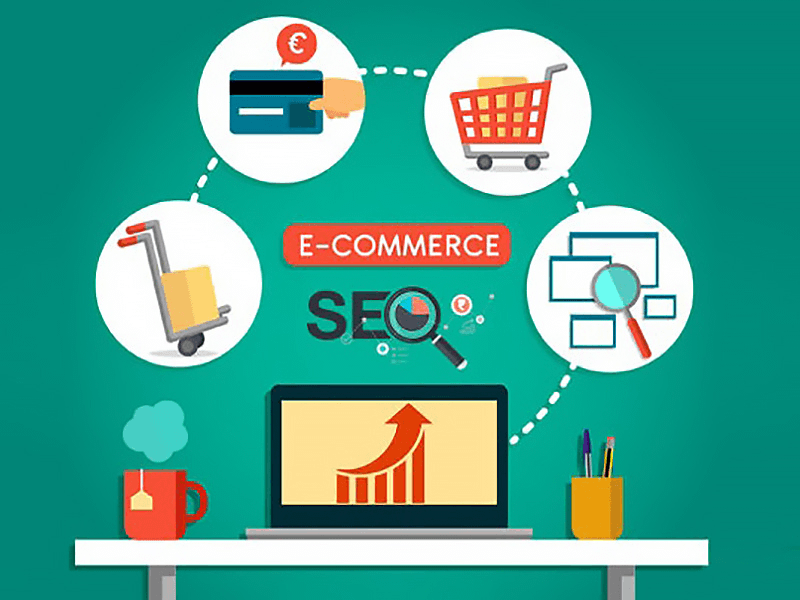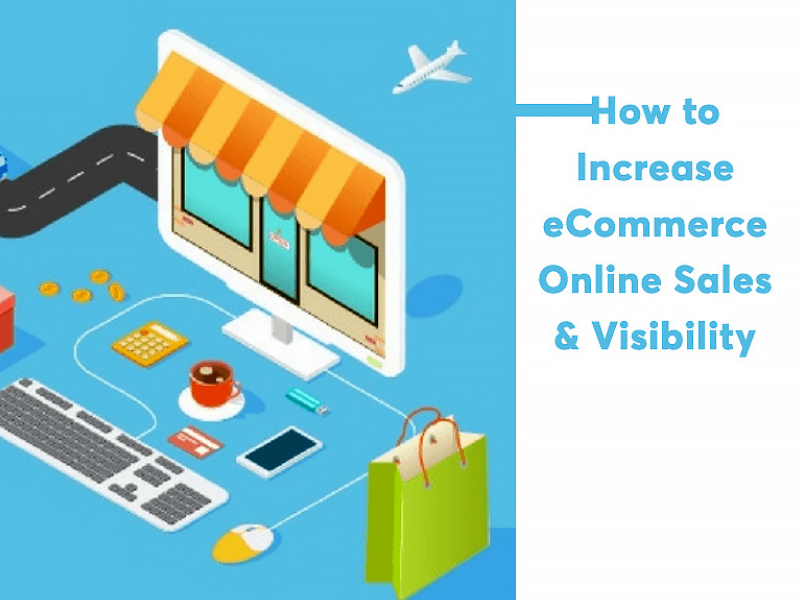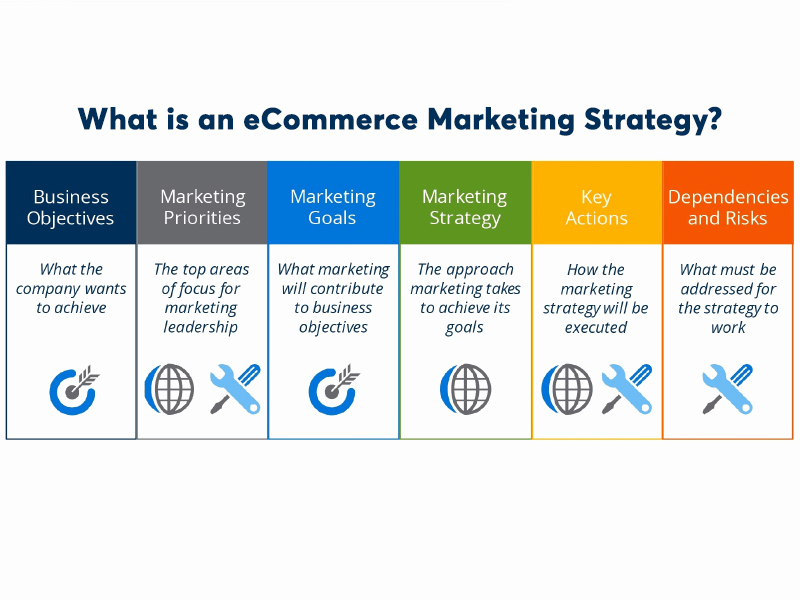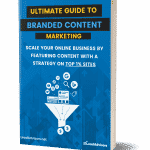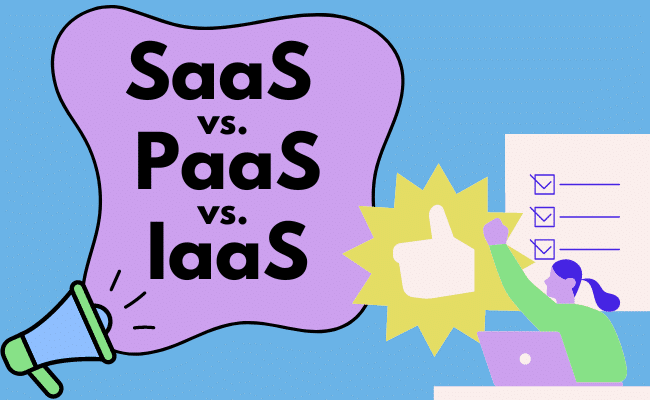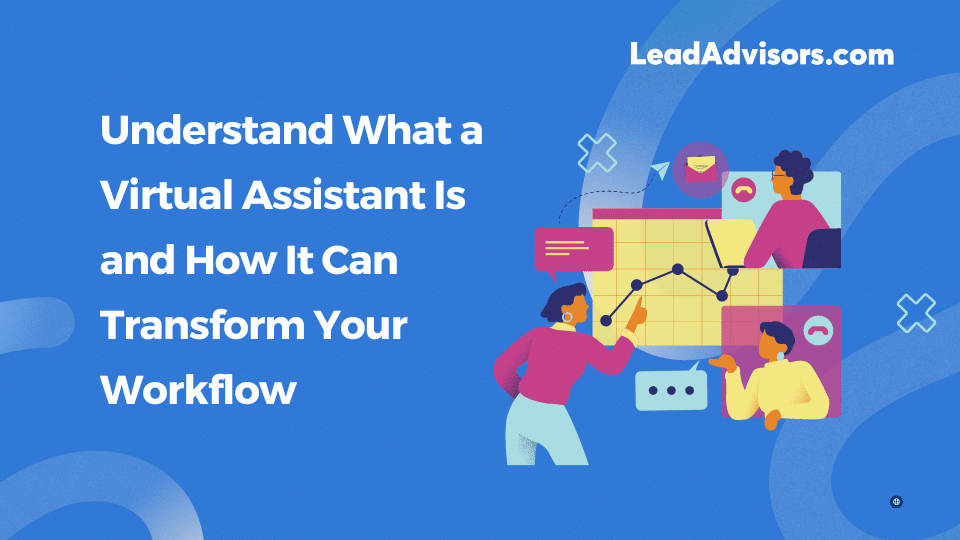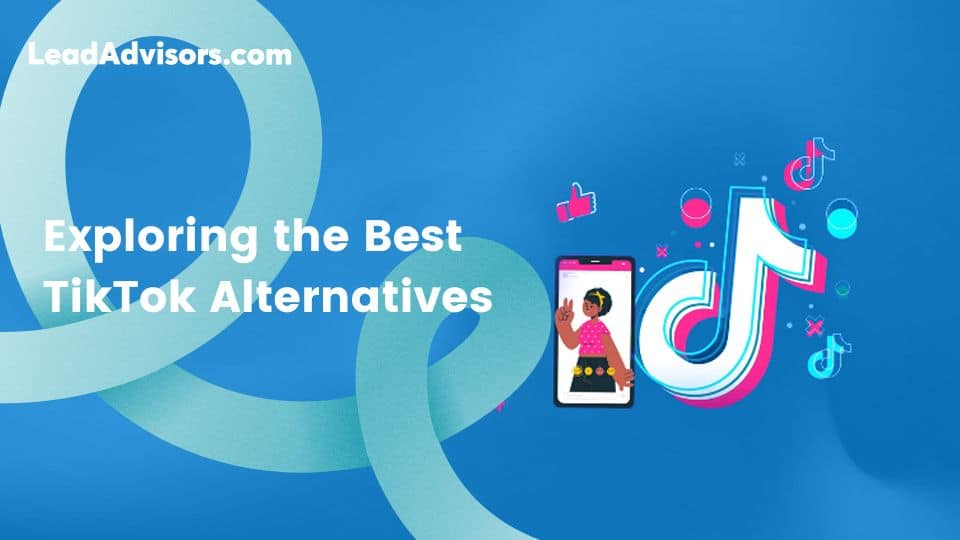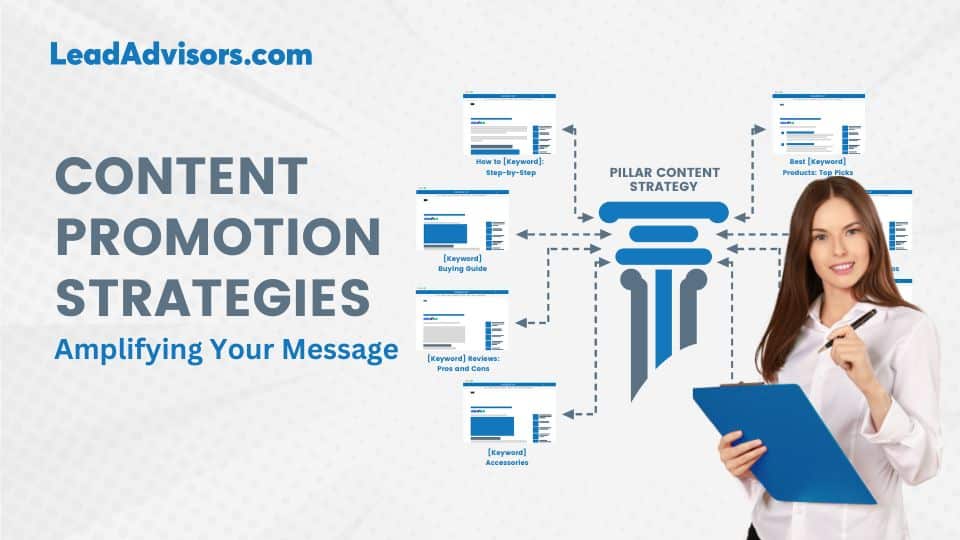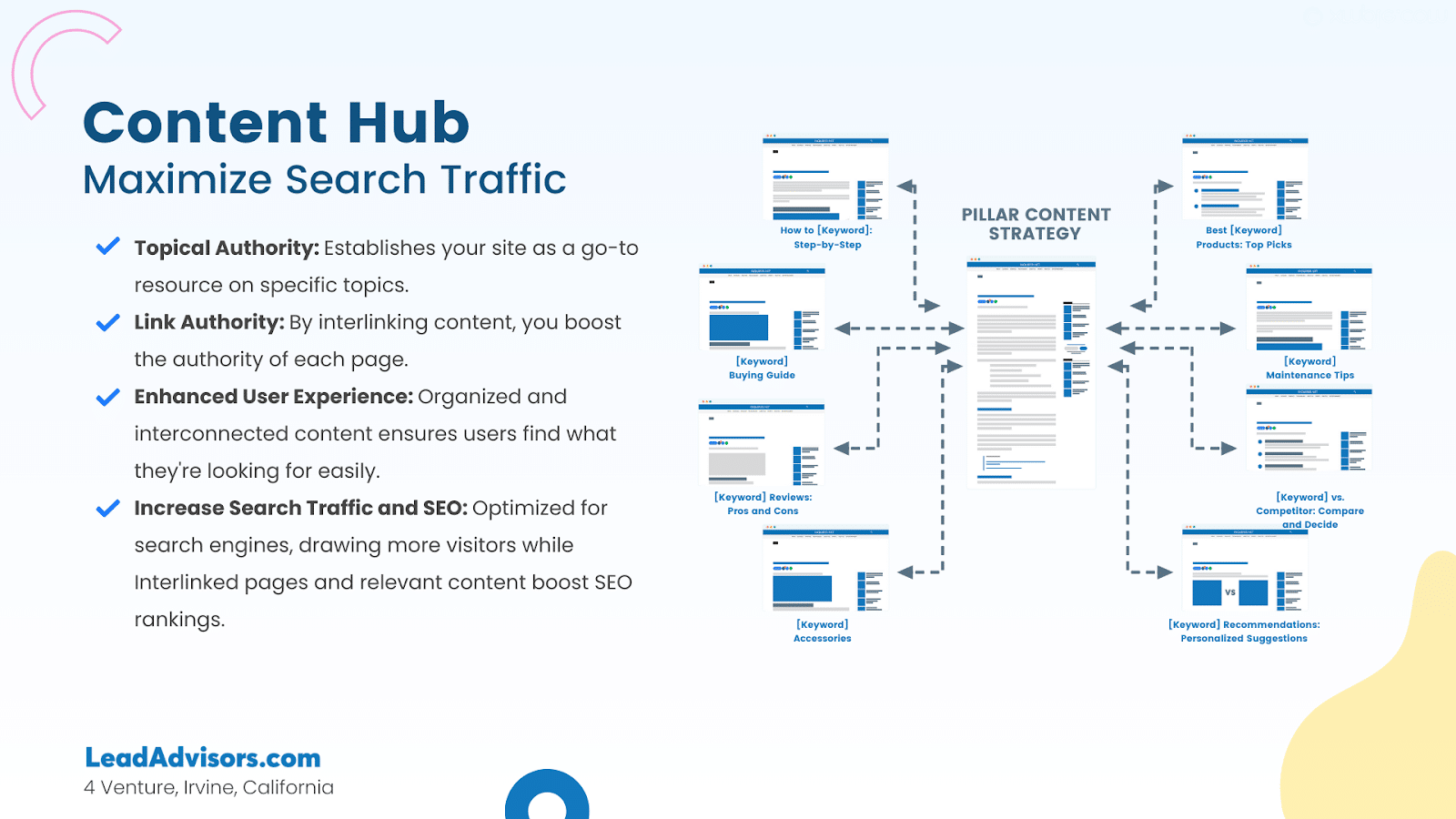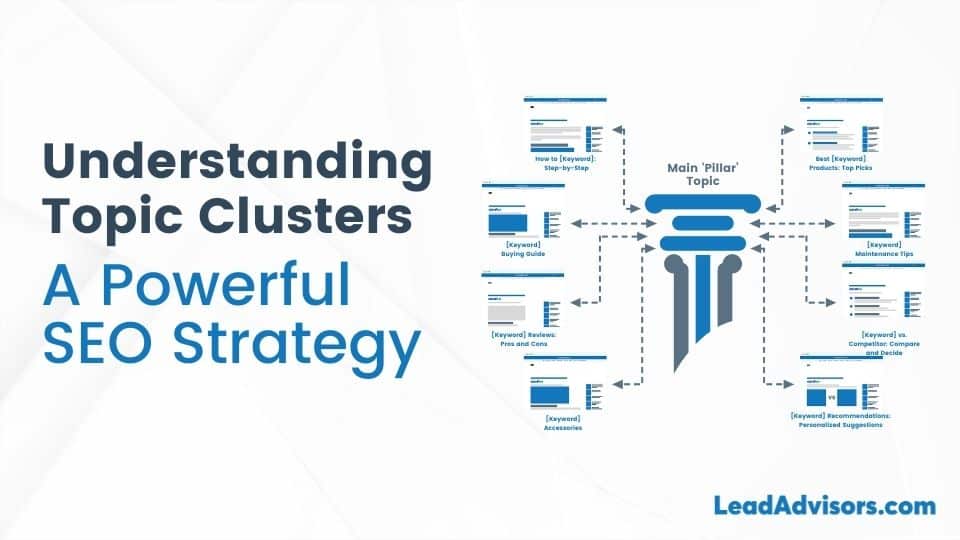eCommerce marketing is booming as more businesses move their sales and marketing campaigns online. This transition is necessary, but it is not as clear-cut as many might think. For instance, setting up an eCommerce website and expecting the revenues to pour is not realistic, especially without the right type of influencer marketing!
What you need is an eCommerce marketing plan. This online strategy not only attracts potential buyers but will also keep as many customers as possible.
Why do We Need eCommerce SEO?
First, optimize your eCommerce Marketing site’s on-page SEO. This helps to increase your brand’s visibility on Google search engine results pages (SERPs). When people start searching for a product that you sell, you need to be as high up the SERPs as possible.
SEO for eCommerce marketing is also advisable as it is generally cheaper to perform than paid search traffic. This eCommerce marketing involves optimizing headlines, product descriptions, metadata, and website structures like internal links and search functions.
When you optimize your eCommerce site’s SEO, you connect to people who need solutions without using paid ads through marketing.
Marketing your product online and creating an online shopping network is tough. However, the number to increase sales can be primarily determined by running your business or brand. With these marketing tips, you will hopefully know how sales online works.
Your goal through the best practices would be to get people on your site or your store and delight them as potential customers.
How to Increase eCommerce Online Sales & Visibility
If you already have an online store filled with thousands of products. Then eCommerce Marketing tactics and SEO might seem like a daunting task. However, while it may take some work, this aim is by no means impossible.
The first step is to rank pages is with eCommerce. If you have no idea where to begin, you can start by optimizing pages that already generate the most marketing traffic. Ecommerce SEO also involves static and non-product-oriented pages. Such as homepage, About page, FAQs page, blog articles, help centers, and contact us pages.
This is an advisable place to start your eCommerce marketing optimization, no matter your niche. The next step is to create a workflow. SEO is a collection of specific requirements that you need to fulfill, especially in the eCommerce world. For example, you would need to choose target keywords.
Then add metadata and add SEO image text with related keywords throughout your site.
After this, it would be best to check out what your competition is doing. One of your goals as an eCommerce business should be to outwit the competition with better strategies. Audit their SEO efforts and identify where you can do an even better job.
Using keywords
Your eCommerce marketing strategy will include the use of keywords. Your primary keyword must be present in the copy but not overly stuffed. Be sure to include it in your product headlines, descriptions, meta descriptions, alternate image attributes, and subheadlines.
It is also vital to include latent semantic index (LSI) keywords. LSIs are related keywords that help search engines understand your page within a specific context.
Analyzing keywords
Knowing the power of the keyword you are using informs your decision to use it. You can find this by researching the keyword search volume, difficulty level, and cost-per-click (CPC). Moreover, what people are looking for when they are searching for that marketing keyword.
A keyword’s search volume indicates its popularity and how much people are searching for it. A higher search volume means active searches are happening for that keyword. The cost per click (CPC) indicates how much consumers pay for advertising based on a given keyword.
Higher CPC indicates increased marketing competition in the space. If you find that a target keyword is competitive, use a long-tail alternative in your eCommerce marketing instead.
Finally, user intent indicates what people want to find when they search a keyword in Google. For example, when someone googles “laptops,” They may be looking to buy a new laptop, repair an existing one, find information on new models, or something else?
If you can’t determine the user intent behind the keyword, you can try adding other words to the search string.
Conducting competitor research
You can always use your fiercest competitors as benchmarks for your on-page optimization efforts. They may create effective SEO and eCommerce marketing strategies, which you can then learn from.
For starters, you can use the Moz browser extension to check their SEO titles and descriptions in their title tags. SEMrush is also an effective tool to check the keywords your competitors are ranking for, both organic and paid.
It is also worth doing some deeper digging on their landing pages too. Doing so will allow you to see the keywords they use to optimize these pages.
Getting this information is an important step in providing an idea of the keywords. It helps you to rank in your eCommerce marketing as well.
Homepage SEO & Digital Marketing
The SEO title tag is a critical element for your on-page search engine optimization (SEO) and eCommerce marketing. When setting an SEO title, include your business name alongside the main keyword phrase you are targeting.
You need to write this in less than 70 characters. You must also write this in simple language. That appeals to search visitors, as they will see in the search results of product pages.
Meta Descriptions
It is not a critical part of a rank keyword. For example, your homepage 160-character meta description also shows up in search results underneath the title tag.
Meta descriptions are still part of your eCommerce marketing strategy. However, you must write it in a way that encourages people to visit your eCommerce online website.
Homepage Content
Your homepage should inform your visitors when online shopping about your business or store and the products you offer clearly and concisely. It is important not to overload them with digital information. You can do this by featuring some of your top-selling or top-rated products together with your unique selling proposition.
Search engines and eCommerce Marketing can be just as confused if you feature a cluttered homepage. For example, selling products from a wide range of categories confuses Google. It becomes difficult for Google to know who you are targeting and what exactly you are selling. Therefore, it is beneficial for effective eCommerce marketing to be specific about what you are offering.
What is an eCommerce Marketing Strategy?
Other digital marketing strategies that eCommerce marketing channels and companies like yours can deploy to increase your online visibility. Some staple tactics that drive traffic include the company blog, backlink creation, referral digital marketing programs, social media marketing, email marketing, and user-friendly content.
Blogging
Maintaining a blog is a great way to attract potential customers via organic traffic. Creating quality content as an eCommerce marketing tactic and strategy gives you relevance in the industry. It also projects a sense of validity to your prospective buyers.
Well-made blog posts also influence visitors to go through the rest of your content, like your eCommerce marketing online store. These interested individuals may already be warm customers whose experience in your blog can ultimately lead to purchasing.
Contribute Guest Posts
Guest posting is another eCommerce marketing plan and strategy with a long and proven history of getting you on top of SERPs. Writing strong articles on other high domain authorities (DA) sites allows your site to be reliable and have higher rankings.
Try to identify websites that use similar keywords that you are also using. Then, approach them to see if they are ready to publish your content that backlinks to your blog or eCommerce website. A great strategy would be to add to existing content and expand on the topics with your expertise. You can do this by providing relevant links or even infographics.
Infographics are a great option and give the article a visual boost while also providing backlink juice.
Referral Marketing Programs
Nothing beats word-of-mouth marketing campaigns, and this is true even for eCommerce marketing. Referral marketing involves asking existing customers to refer to products they think their friends and family would want. In return, you would give them a prize.
Offering a discount coupon or a small gift gives your customers a good reason to refer you, helps build loyalty and expands your customer base all at the same time!
Social Media
The power of social media is at the core of every eCommerce strategy. But even though having social media platforms presence is crucial, not all platforms are the same. The nature of eComm visual, so leveraging a platform like Instagram is an obvious choice.
Consider adding shoppable content for your customer. These are interactive content that brings the interest of a customer to a shopping cart immediately. This can mean placing ads and putting more tags that go straight to a shopping cart.
User-Generated Content (UGC)
UGC as a marketing content tool has been around for many years. It promotes your business organically, facilitates word-of-mouth marketing, and builds authentic trust among your customers.
UGC comes in many different forms. For example, a great eCommerce marketing strategy would offer prizes to people who promote your product in some shape or form. You can also use branded hashtags and maintain review platforms for people to share feedback on you.
How can I Increase Online Sales?
One of the best eCommerce marketing strategies you can employ is email campaigns and effective marketing. An email list is self-owned data that you and you alone have access to. It is a way for you to engage with customers who have already purchased your products beforehand.
How you maintain this relationship is critical in keeping your customers happy and likely to keep buying from you.
For example, abandoned carts are nothing new to eCommerce companies. However, this data can be used as an eCommerce marketing tool in the form of a digital email. This email has been proven to recover a critical percentage of what is otherwise lost revenue.
Abandoned cart emails can recover as much as 15% to 50% in lost revenue without advertising. You can deploy two kinds of abandoned cart emails: Abandoned Cart Email and Abandoned Cart Series.
The abandoned cart email encourages customers to complete the purchase that they abandoned. In addition, it reminds customers of the items they left behind and is usually sent out within one day of the abandoned cart.
Meanwhile, an Abandoned Cart Series encourages customers to complete their buy with a series of reminders through effective campaigns. This is an extension of the first abandoned cart email. Also, it is not unusual to send follow-ups 3 to 5 days after an abandoned cart.
It is also common to offer a discounted rate for the products through CTAs or advertising methods.
Conclusion
Building up your brand awareness with eCommerce marketing strategies should be a top priority for you. There are many ways to go about it, some free and some paid, but all have been proven effective.
By making your eCommerce website visible on the Google search engine, you can attract your target audience to visit your website.
This is done by following on-page SEO guidelines like using targeted content marketing keywords on your homepage and off-page SEO strategies like guest posting to create backlink juice.
As a virtual shop, you must also utilize the online tools available to you, like social media and email online marketing eCommerce. Strategic use of these tools fosters loyalty and creates a genuine connection with your customers.
All these eCommerce marketing strategies have catapulted small online shops into money-making enterprises. These organizations make hundreds of thousands of dollars in revenue.


